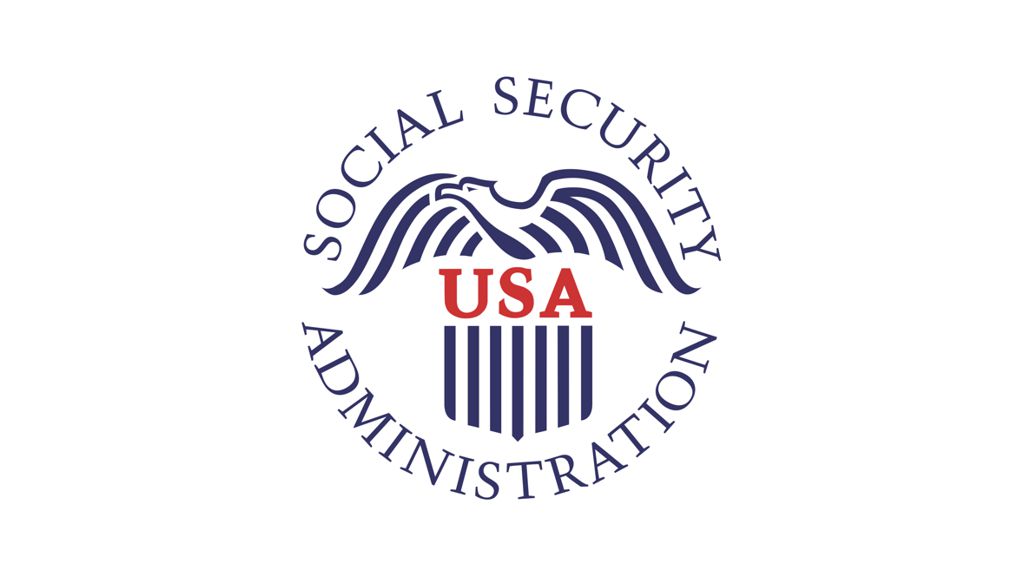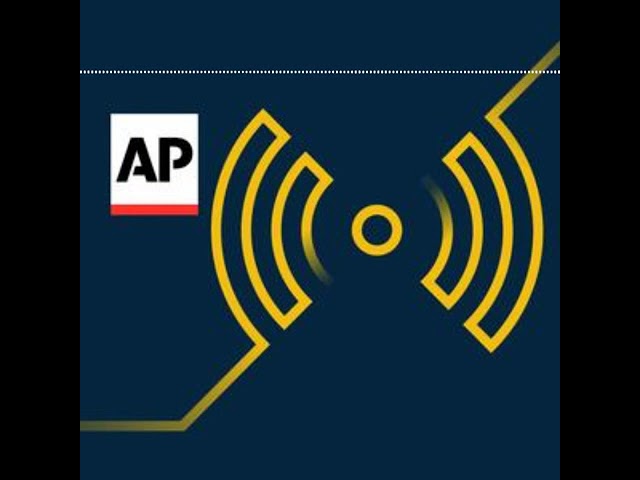Social Security and Medicare trust funds are in dire financial condition due to rising benefit costs, but the biggest problem facing the two largest federal entitlement programs is how they’re funded, according to a nonprofit that advocates greater government transparency and accountability.
“Our bottom line is the trust funds are all a shell game, there is no money in the trust funds. As [former U.S. Comptroller-General] David Walker says, trust funds have no funds and should be distrusted,” Truth in Accounting (TIA) President Sheila Weinberg told The Epoch Times on Sept. 2.
Weinberg was referring to the fact that the trust funds receive what are in effect IOUs from the Treasury Department that are called “securities”—promises to pay a specified amount at a future date.
On Social Security, for example, the government pays interest on the securities, generally about 2 percent, and the total value of the securities is presently just less than $3 trillion. Securities are paid out of general revenues when they come due.
“We would also highlight the massive underfunding. Social Security is underfunded by $40 trillion, Medicare by $55 trillion. This represents the amount of money the government has promised in benefits, and they have no idea where they are going to get the money to pay for those promises,” Weinberg said.
The official U.S. national debt is $29 trillion, but Weinberg’s group maintains that the true amount is more than $133 trillion when the costs of benefits such as those promised by Social Security and Medicare are included in the calculation, according to the Chicago-based TIA.
Private sector pension plans are required by federal law to account for future benefits and to properly fund them. But the federal government doesn’t follow the same law for its own pensions.
Medicare has the largest unfunded benefits total at $55 trillion, followed by Social Security at $40 trillion, and government employee and retiree pensions such as the Civil Service Retirement System (CSRS) at $9 trillion. The official public debt and assorted other federal liabilities such as loan guarantees make up the balance.









